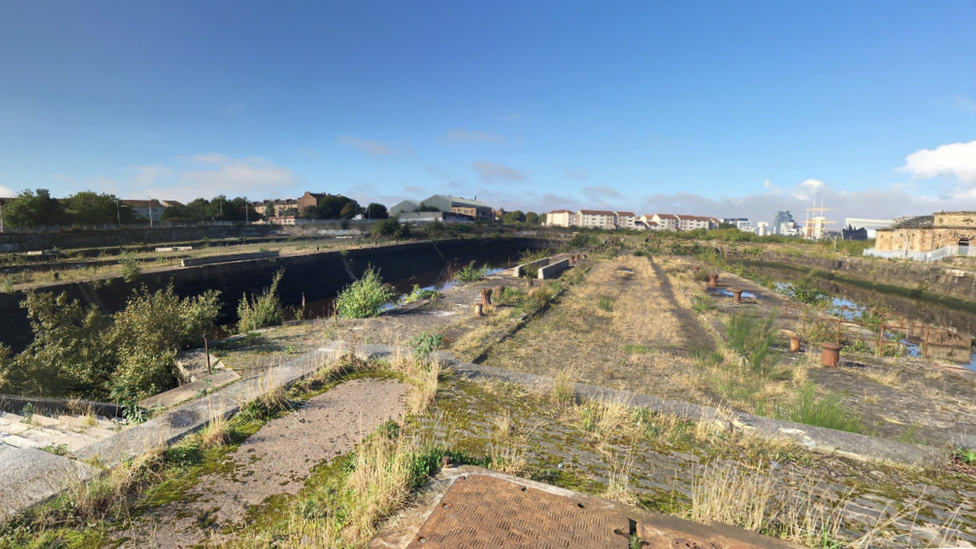Historic Govan Graving Docks secure restoration funding
- Published

The derelict docks were used for filming scenes for Sam Mendes' World War One film 1917
A dry dock which was at the heart of the River Clyde's shipbuilding industry has secured a share of funding designed to revitalise derelict land.
The Govan Graving Docks, which featured in the Sam Mendes film 1917, has lain empty for 40 years.
But a £2.4m Scottish government grant will be used to upgrade a riverside walkway and create green space by 2025.
The project is one of 15 across the country that will share £10m.
Other recipients of funding from the government's low carbon Vacant and Derelict Land Investment Programme (VDLIP), external include the creation of a community learning campus on the site of a former Midlothian colliery.
A project to decontaminate and redevelop former military land at Cromarty Firth into 93 affordable homes will also receive a share, as will a project in Fife to transform vacant and derelict buildings into an employment and training hub for green and rural jobs.

A vision drawing of the proposed developments by Glasgow-based architects O'DonnellBrown
Community Wealth Minister Tom Arthur visited the Govan Graving Docks on Monday to meet the team behind the project.
He said: "Neglected sites are often found in more disadvantaged settings and can become no-go areas or hamper community development.
"By targeting long-standing vacant and derelict land we can ensure that investment reaches the areas that need it most."
Mr Arthur added the programme helped attract private investment to locations that had lain dormant for years as well as supporting low carbon developments.
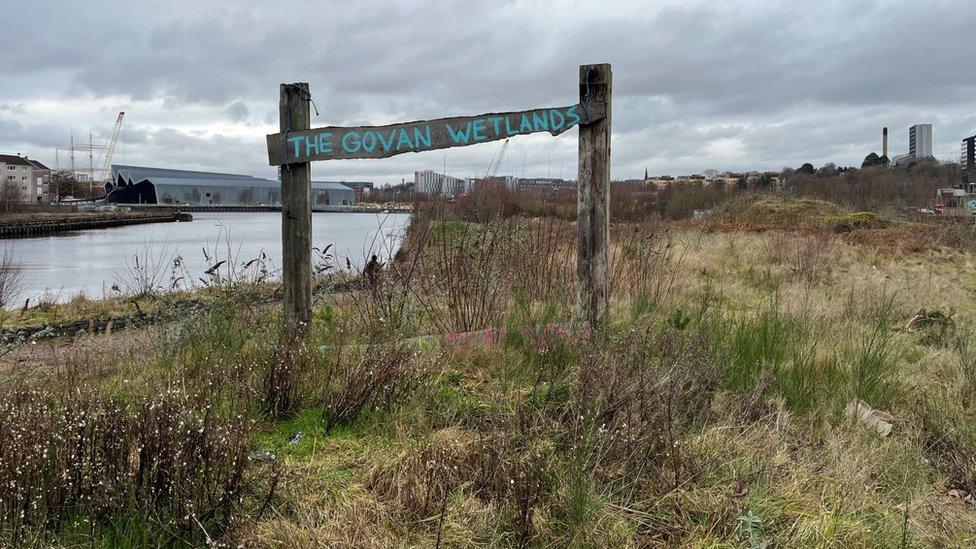
Cllr Richard Bell, depute leader of Glasgow City Council, welcomed the funding announcement.
He said: "The Govan Graving Docks is a unique site in Glasgow, offering both a glimpse of the city's past and a view into a future where we realise the potential of this remarkable Clydeside location."
Mr Bell added it would improve access and connections to Glasgow Science Centre and "act as a catalyst" for future funding.
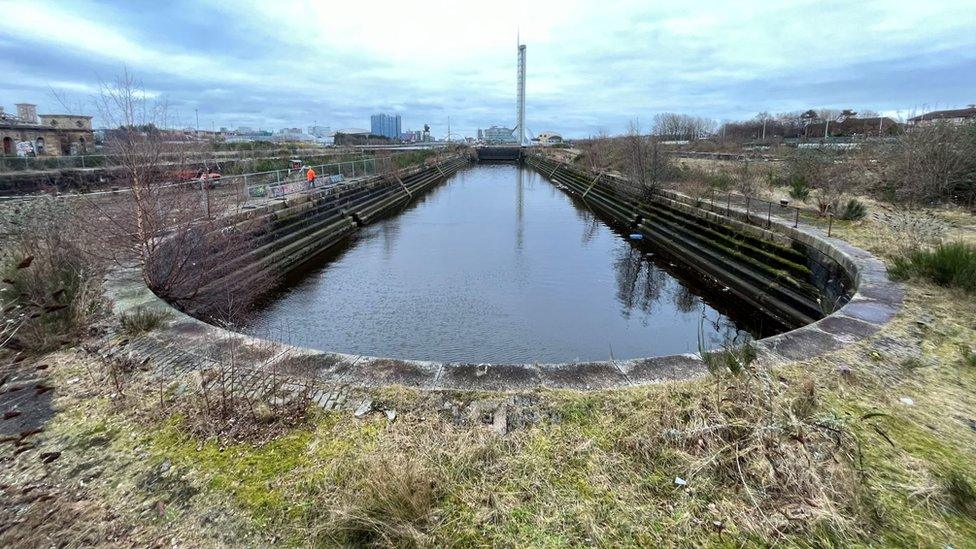
Further restoration of the historic dockyard will see it used for repairing heritage vessels.
A footbridge linking the site to neighbouring visitor destinations, including the science centre, is also in the pipeline.
Built between 1869 and 1897, the three Govan Graving Docks were used to service hundreds of ships that navigated the Clyde.
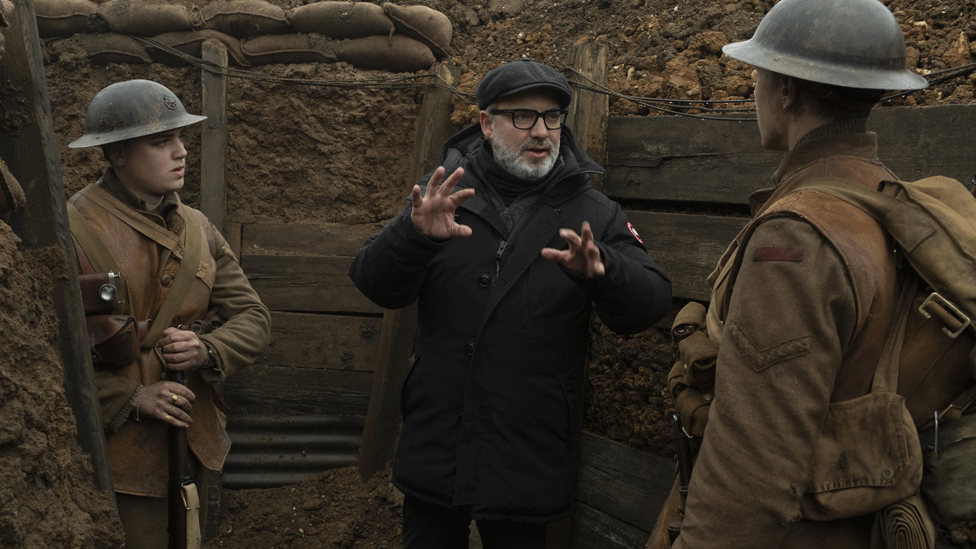
Sam Mendes directed the World War One drama 1917
Since the docks' closure in 1987, the land has been owned by property developers and the facilities have become derelict.
In 2018 an application to build 700 flats on the site was rejected, with the plans criticised for failing to preserve historic interest in the Grade-A listed docks.
The following year some scenes from the hit World War One movie 1917 were shot at the docks.
Separately from the government funding announcement, a private company is trying to bring one of the three docks back into use for ship repair.
Dock number one, closest to the River Clyde, has been leased and is currently being cleared of debris.
The plan is to make the dock available for commercial maintenance work, or on a non-profit basis for the restoration of historic ships.
- Published21 September 2020
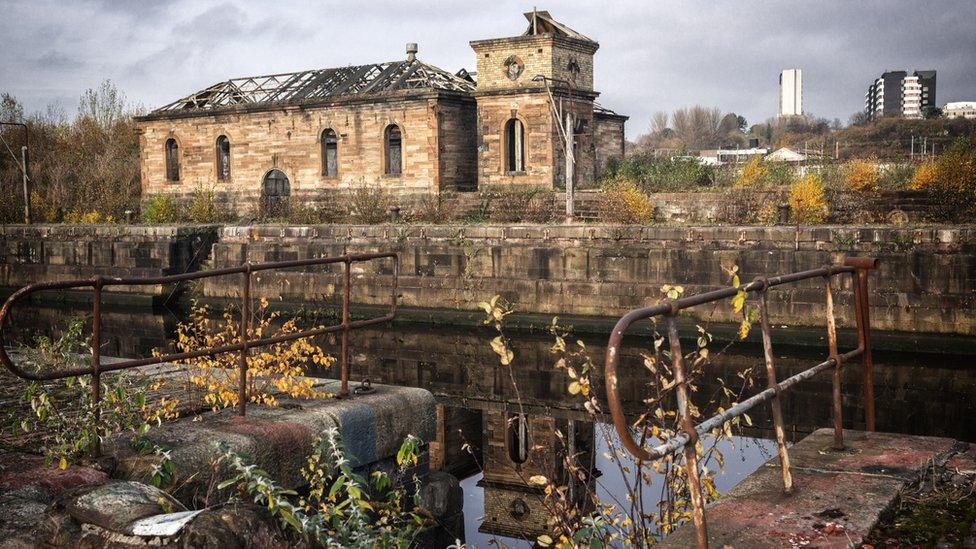
- Published21 September 2020
- Published28 August 2018
